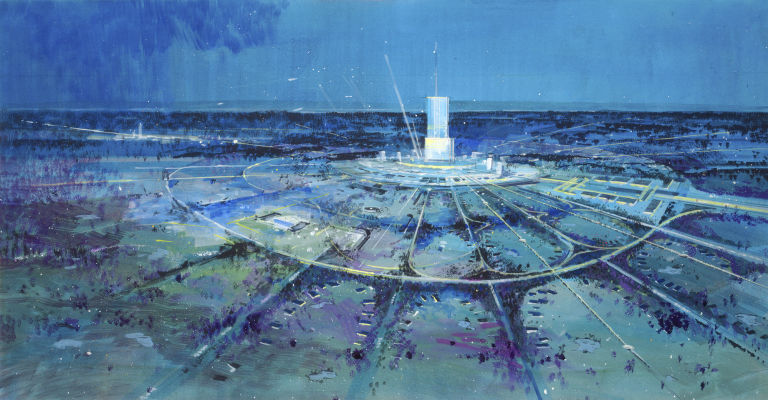A couple of days ago, I heard on the radio that Bill Gates is planning to build a futuristic community. As soon as I arrived home, I started researching. According to the article “Bill Gates Invests $80 Million to Build Arizona Smart City” by Matt McFarland (http://money.cnn.com/2017/11/13/technology/future/bill-gates-smart-city-arizona/index.html), it sounds wonderful —
The community in Belmont will be designed around high-speed networks, autonomous vehicles, high-speed digital networks, data centers, new manufacturing technologies and autonomous logistics hubs.
And later —
It’s designed as a model neighborhood for the 21st century, with reduced pollution, shortened commutes, safer streets and better weather. Transportation will be designed around shared electric vehicles, walking and biking. More flexible zoning will blend commercial, industrial and residential areas.
Of course, it’s going to be a lot of work to make this a reality. And there are naysayers; see “Bill Gates’ Smart City in Arizona Is Not Smart, Not a City, and Has Little to Do With Bill Gates” by Henry Grabar (https://slate.com/business/2017/11/bill-gates-smart-city-in-arizona-is-not-smart-not-a-city-and-has-almost-nothing-to-do-with-bill-gates.html).
But as a Disney enthusiast, my first thought recalled Walt Disney’s last, and greatest, dream — the Experimental Prototype Community of Tomorrow, better known by its acronym Epcot. It was an ambitious project from the fertile mind of a true visionary. According to The Imagineering Field Guide to Epcot at Walt Disney World (Disney Editions, 2006), features included a city center intended to be a showcase for the newest materials and ideas, a greenbelt, and dedicated commercial and residential areas, all tied together by an advanced public transportation system. Some concept paintings even showed a climate-controlling dome over the center.
Unfortunately, Walt Disney’s death in 1966 came before any plans were finalized. It left his successors with a dilemma — how does an entertainment company build, at a profit, a futuristic city? It’s pretty impractical to turn people’s lives into an attraction. But Walt’s force of personality was so strong his dream couldn’t simply be cast aside. Instead, after at least one false start, it morphed into the theme park we visit today, which is about as well as The Walt Disney Company could do under the circumstances. To quote The Imagineering Field Guide, “Even though Walt never really built his city, per se, and Epcot as we know it is more a representation of that idea than a city unto itself, the entire WDW property does serve this function.” Only the dreamer could’ve realized the dream.
So I wish Mr. Gates (or whoever is responsible) well. I’m sure there will be many changes, and it will be interesting to see what finally materializes. And by the way, this isn’t the only futuristic idea on the horizon; Mr. McFarland also mentions an initiative by Saudi Arabia to invest $500 billion in “a new global hub meant to push the boundaries of innovation and exemplify the future of civilization.”
After all, i f it wasn’t worth looking forward to, it wouldn’t be the future.
f it wasn’t worth looking forward to, it wouldn’t be the future.
Photo is one concept of Epcot from Wikipedia.
